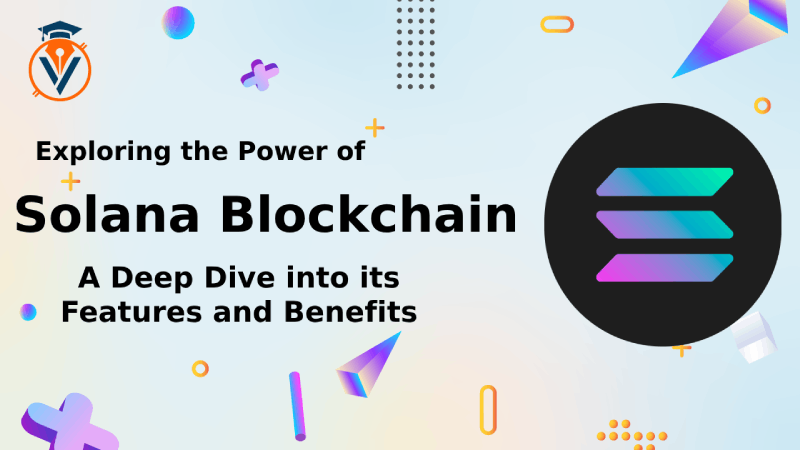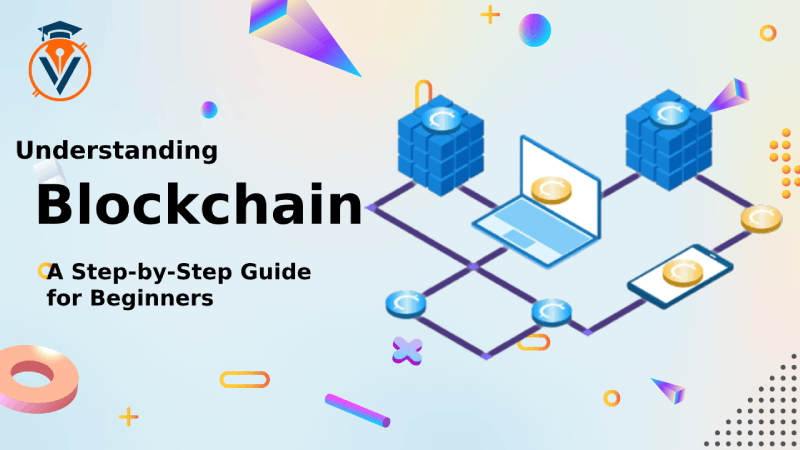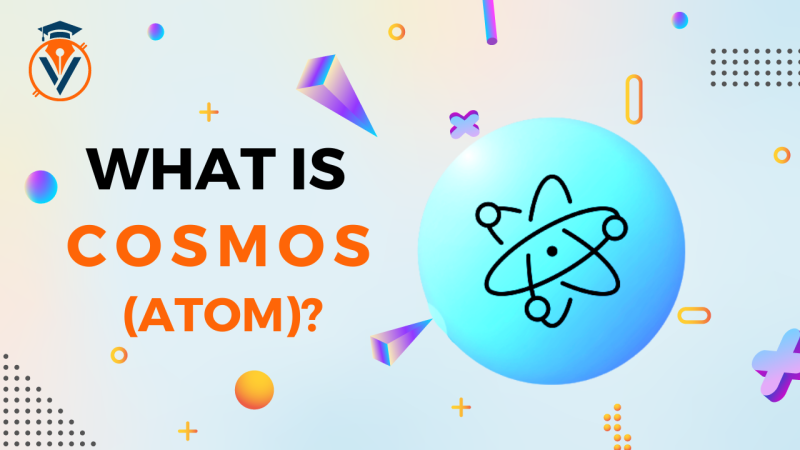Why is there a shortage PS5 on the market?
Today, the words "bitcoin", "cryptocurrency" no longer cause people surprised faces. Everyone knows that there is such virtual money, which can grow in price, bringing millions to users, then unpredictable fall. Every day, the number of cryptocurrencies and its types is growing.
But where does it come from and how does the issue of cryptocurrency differ from the issue of cash? Why, with an increase in the number of crypts on the market, its value is growing, but fiat money, on the contrary, is falling?
To answer these questions, let's first understand how cryptocurrency appears on the market from the technical side of the process.
The process of extraction of coins is called mining. There is no organization or company that regulates the mining and movement of cryptocurrencies’ cost. Coins are mined as a result of adding blocks to the chain. The chain grows by solving complex mathematical calculations using the power of computers. But about everything in order.
Blockchain is a decentralized data storage technology in which information is enclosed in blocks. Each block carries information about itself and about the previous one. Thus, it is impossible to delete, change or add anything to a part of the system. It is only possible to create a new block with data. More information about the blockchain and its work can be found here. (hyperlink to an article about blockchain).
How does mining work?
As we already know, the blockchain consists of consecutive blocks. Each block carries information about the previous one and if you try, you can unravel the "tangle" of the blockchain until the first-ever transaction.
Example: now the entire bitcoin’s blockchain weighs almost 400 GB. So, before you start mining, you need to download all this information to your PC. Downloading will take place from the nearest devices connected to the network that already have a blockchain (you can draw an analogy with downloading a film from torrents).
So, the block consists of two parts:
- a header
- a list of transactions.
When a new transaction is created, it is placed in the memory pool. Then it waits until it is added to other transactions in the block. The block, respectively, in the chain.
Without outside help, blocks cannot get into the chain, so someone needs to: read hash codes, add new blocks and verify their authenticity.
And so, the miner formed a block of transactions, added a link to the header, hashed and informed other devices about the block's readiness. Another miner remains to verify the authenticity of the block and check for errors.
Is that it? Is the reward accrued and Is the block in the system?
Unfortunately, but no. We mustn’t forget that thousands of devices of different capacities are working on the network at the same time. As soon as a new block is formed, they will all, almost simultaneously, rush to add it to the chain. This is where the problem arises, to understand who first formed the block and to whom to charge remuneration (we already know that due to the decentralization of the system, it is impossible to prove their superiority).
Therefore, mathematics comes into play. The bottom line is that before adding a new block to the blockchain, the computer must solve a complex task that will take some time.
Before giving an example of a task, you need to know concepts like "nonce" and "target".
- A nonce is a random digit value that, after hashing, will match the condition of the problem.
- Target is the number that the miner focuses on when guessing the nonce.
Block hash + nonce= new hash
The new hash must necessarily be less than the established target!
If all conditions are met, the block will be added and the reward credited.
Otherwise, the miner takes another nonce and counts again until he finds the right one.
And so, an example of the problem: "You need to pick up a hash that will start with 5 zeros." The numbers in the task are selected randomly and have no system. The point is that the solution to the problem is unambiguous, but it can only be found by selecting numbers. One computer can pick up a solution for years. However, if several hundred computers are working on it at the same time, then according to probability theory, the solution to each problem will be issued every 8-12 minutes. Who decides first, that's the reward. That is why a new link appears in the blockchain every 10 minutes.
The larger the network, the more complex the tasks are created. If you create a blockchain that will contain literally 10 devices, then the tasks should be simple. Take at least: "Pick up a hash that will start with one zero". But the easier the method of mining a coin, the cheaper its value on the market.
The complication of the task leads to the currency's default in the market, which subsequently creates an increase in its value.
As you can see, mining cryptocurrencies manually is a thankless task. Therefore, algorithms do everything for miners. The more powerful the device is, the faster it guesses the nonce. Algorithms are run on servers, computers, video cards and even PlayStations (Yes, we should be grateful to the miners for the absence of the PS5 on the market. Devices are literally sold out at the pre-order stage, factories don’t have enough capacity to produce enough devices).
The number of cryptocurrencies is limited. Let's take bitcoin for consideration. It is programmed in such a way that more than 21 million bitcoins cannot be mined. To date, just under 19 million have been mined. According to some calculations, the last bitcoin will be mined by 2140.
Why was 19 million mined in just over 10 years, and the remaining 2 million will be mined for more than 100 years?
We will find the answer in halving.
Halving is the reduction by half of the reward. The fact is that every 4 years, the reward for adding a block is reduced by 2 times. In the period from 2009 to 2021, 3 halvings of Bitcoin have already occurred. Before November 2012, the first miners received 50BTC for one created block. Today the price is 6.25BTC. The next such event will occur in 2024, then the cost will be 3.125BTC.
What will happen after all the bitcoins run out? Will the system die?
According to the idea of the creators, during the time that bitcoin is being issued, people will have to believe in the blockchain system. The cost of mining should be recouped by transaction fees. And this process has already started
In 2012, when the commissions were at zero, mining paid off by getting bitcoins. Now, transactions with a low commission can stay in the memory pool for several hours. After almost 10 years, competition has emerged and people are willing to pay for data transfer speeds.
Conclusion
We hope that now, after reading our note, you have become more familiar with the crypto world and know how the "gold" of the XXI century was mined.


